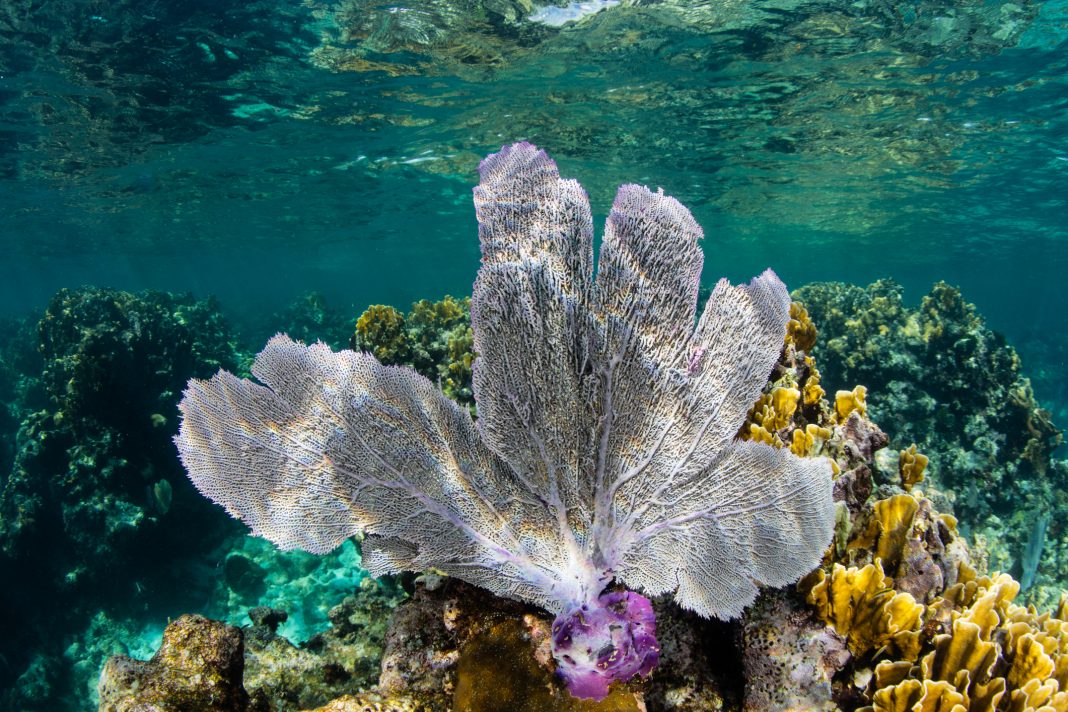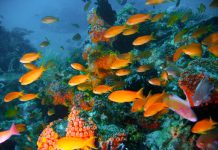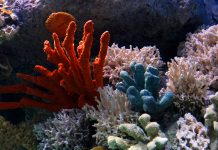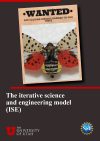A study finds that disease-resistant corals can help to save vulnerable corals – as genetic diversity improves a coral’s chance of survival
Vulnerable corals that are more susceptible to disease can be helped by neighbouring corals with resistant genotypes to stay alive, the University of California, found in a disease outbreak at a coral nursery in the Cayman Islands.
When people grow corals of the same genotype – otherwise known as its genetic makeup – those corals are more vulnerable to disease than corals that grow among a mixture of genotypes.
lead author Anya Brown, an assistant professor at the UC Davis Bodega Marine Laboratory, said: “We saw that some corals were more resistant to disease just by being around other corals that were particularly resistant.
“Proximity to these resistant genotypes helped buffer the susceptible corals from the effects of the disease.”
Genetic diversity can help reduce disease transmission
After an outbreak of white band disease spread through its coral nursery in Little Cayman, the nonprofit Central Caribbean Marine Institute worked together with the study’s academic authors to monitor its population of endangered Caribbean staghorn coral, A. cervicornis.
Before the outbreak, the nursery had attached coral fragments to plastic PVC frames to propagate them. Some frames held coral from a single donor colony, whereas other frames hosted corals from multiple donor colonies representing a mixture of genotypes.
After tracking the presence of the disease across 650 coral fragments for more than five months, the researchers found that corals living on frames with a mixture of genotypes were substantially more resistant to white band disease, a devastating bacterial disease that nearly wiped-out A. cervicornis in the 1980s.
Overall, the outbreak resistance proved genetic diversity reduces disease transmission among corals, while also drawing attention to the importance of how corals are arranged in nurseries and reef restoration projects to prevent the spread of disease.
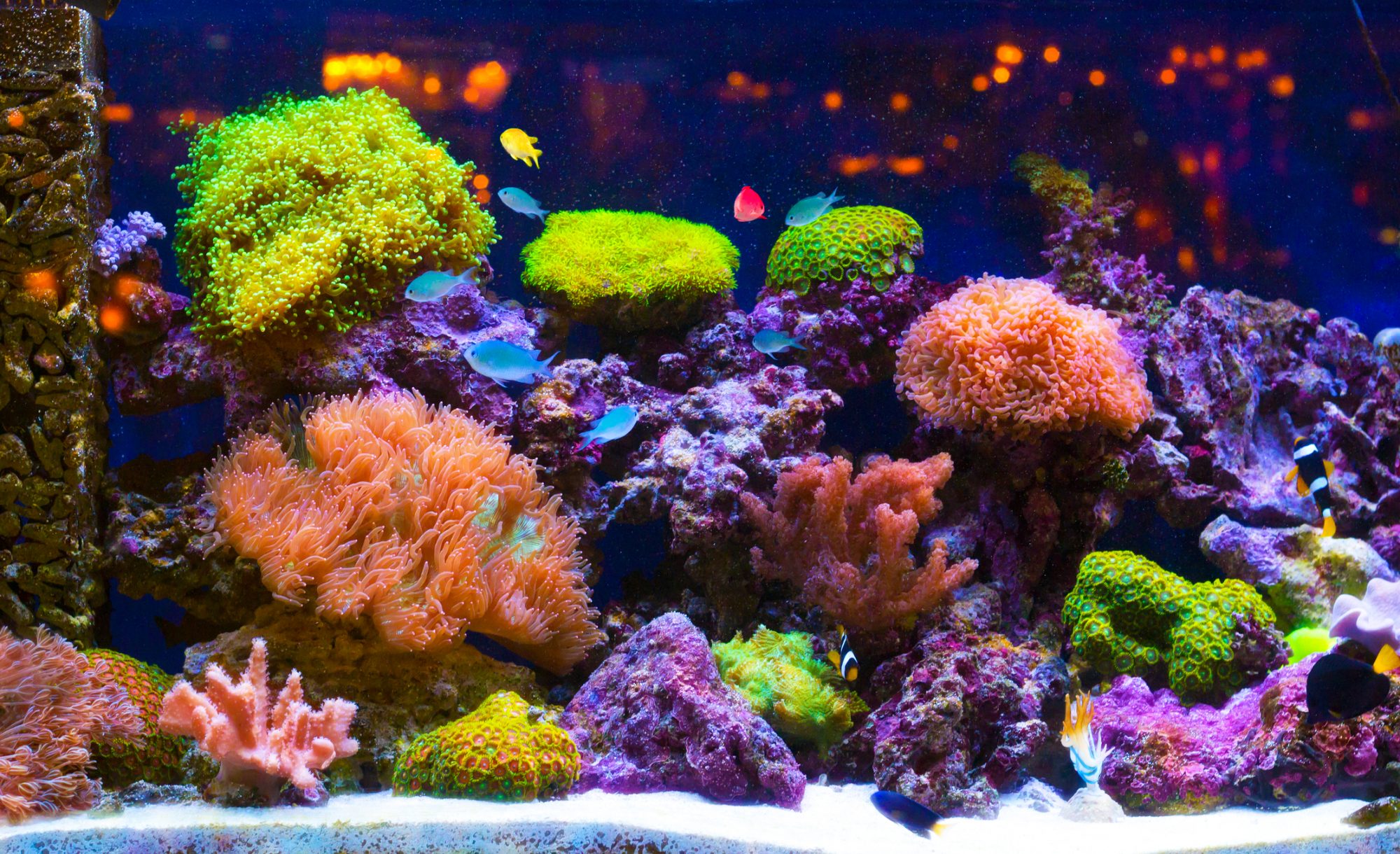
Reducing disease transmission through “vaccines”
The authors compare the ability of resistant coral to help protect vulnerable corals to how vaccinations work among humans.
Vaccinated humans, for instance, resist disease by erecting a barrier that weakens their ability to move through them and on to the next susceptible person.
The same goes for the genetic diversity piece, agricultural lands provide another comparison: Monocrops, where the same crop is planted in the same place each year, tend to be more susceptible to disease than diverse systems.
“I hope people working with coral nurseries use this as a springboard to see how this influences the spread of disease.”
This suggests a similar dynamic is at play among the ocean’s coral reefs – which could be integrated into coral nursery and reef restoration projects.
Brown said: “I hope people working with coral nurseries use this as a springboard to see how this influences the spread of disease.
“Nurseries that intentionally arrange corals with mixtures of genotypes can help corals vulnerable to disease thrive. This can help build coral resilience by repopulating reefs with a diverse genetic mixture of corals.”
Editor's Recommended Articles
-
Must Read >> Can environmental genomics help to protect coral?



